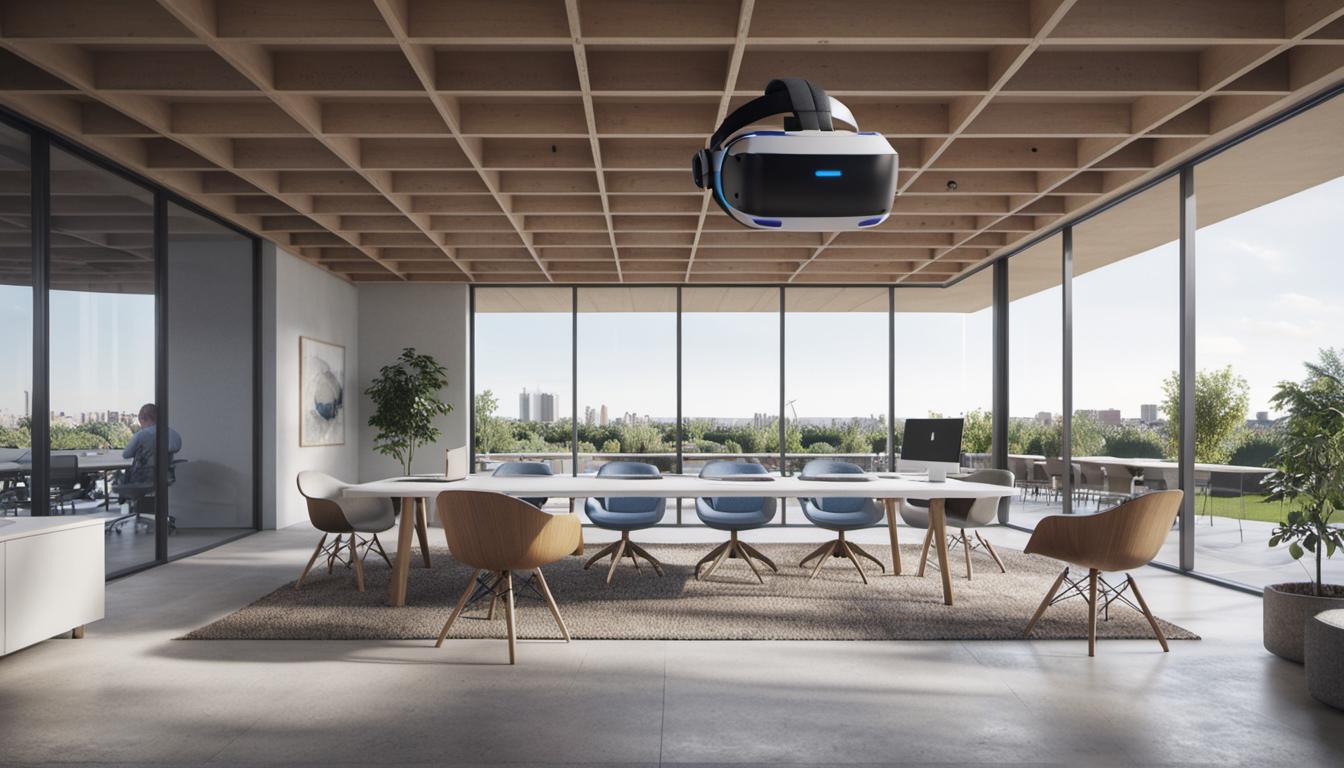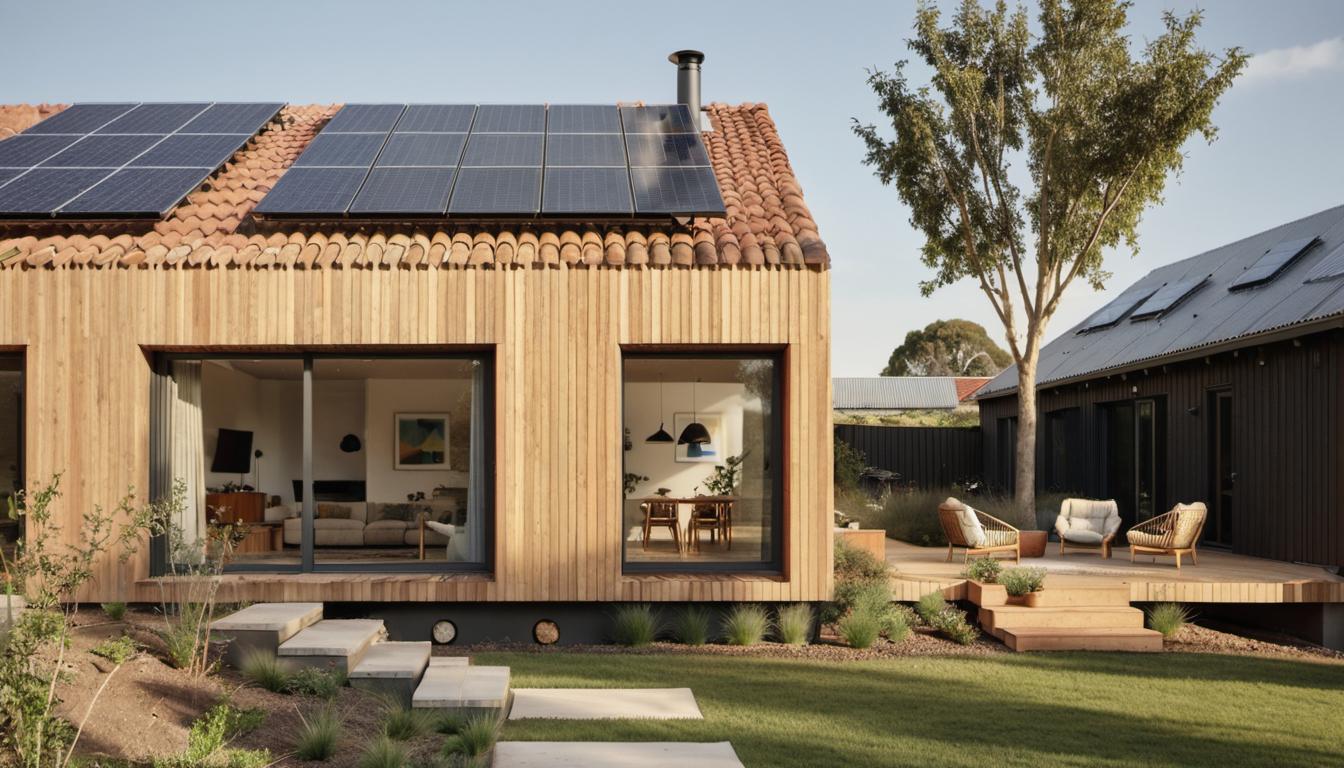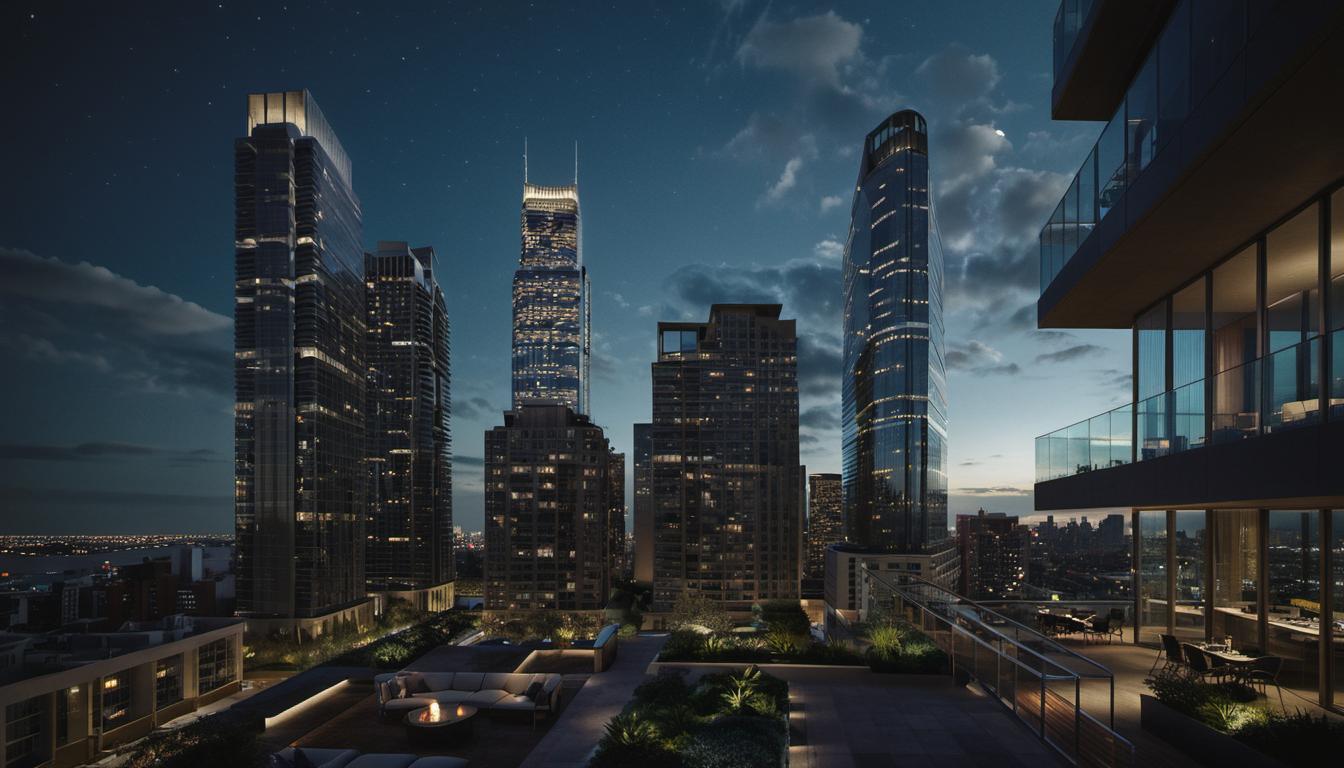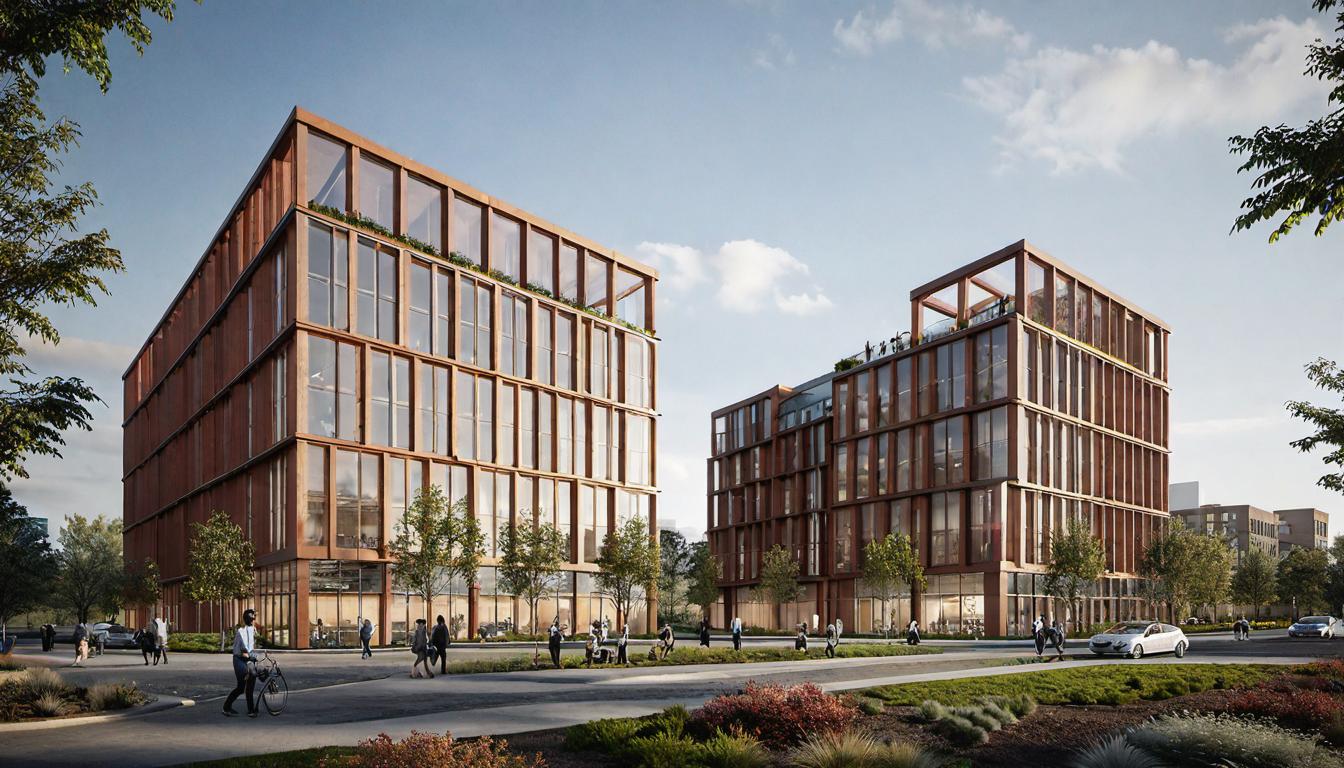Defining Virtual Reality in Architectural Rendering
Virtual Reality (VR) is a buzzword that is making its rounds in numerous industries and professions, and architecture is among them. With this technology, architects are able to construct, manipulate and examine 3D models on a scale and detail level that was unimaginable a decade ago.
The Impact of VR on Architecture
VR is making a significant impact on the architectural realm. In addition to assisting architects in designing better structures, it is also enhancing the process of selling these designs to clients or stakeholders by providing a virtual insight into the final form of a building, thereby reducing the room for error.
Blueprint Designs Vs 3D VR Models
Building designs have traditionally been represented by 2D blueprints. However, these are limited in their ability to adequately convey the experience of a building. VR, on the other hand, offers architects a powerful tool in conveying the nuances of their designs – translating blueprints into immersive 3D models that can be virtually visited.
Switching to VR in Architectural Design
By adopting VR, designers can spatially comprehend their creations, catch design mistakes before the structure is realized, and even experiment with designs in an inexpensive and forgiving medium. Adopting such technology could also mean an increase in sales, as clients experiencing a building in VR could help them truly understand the design.
Enhanced Collaboration with VR
Interestingly, VR can also facilitate efficient collaboration between architects, clients, and other stakeholders. For instance, within a virtual reality environment, potential problems with the design can be identified and rectified collaboratively.
Case Study: Leveraging VR in Architectural Meetings
For example, using VR, architects can construct 3D models of their designs and share them virtually with clients or stakeholders — no matter where they are located. Feedback can also be exchanged in real time and the design revised instantly.
The Role of Hardware and Software in VR Architecture
Advanced hardware and software are integral to the widespread use of VR in architectural design. Upgraded hardware like superior VR headsets and hand tracking technology have served to increase the immersion and tactile feedback in VR environments, whereas advanced design tools have allowed architects to turn detailed blueprints into convincing 3D digital models.
Design Tools: Revit and Rhino
Revit and Rhino are among the top architectural design tools enabling VR use in architecture. Revit is renowned for its structural engineering and fabrication capabilities, while Rhino is lauded for its robust functionality for complex 3D modelling.
Prominent Architectural Firms and VR
Distinguished architectural firms are leading the charge when it comes to incorporating VR technology into their workflows. Danish Kurani, for one, leverages VR to analyze his team’s layouts and offers clients a virtual sneak peak into the preliminary designs. Stantec, another leading firm, employs Autodesk’s Workshop XR for complex projects. Yet another innovative use is seen with Herzog & de Meuron, who used Microsoft’s HoloLens to visualize their designs in the real site context.
Limitations of VR in Architecture
Despite the many advantages, there are inherent limitations that accompany the use of VR in architecture. As with any new technology, there is a learning curve that might be steep for some, especially subcontractors who might be resistant to the change. Moreover, some professionals are of the opinion that VR is often better suited for marketing rather than design processes.
Future of VR in Architecture
Looking forward, as VR technology continues to improve and challenge the status quo, it is poised to usher in a new era of great convenience and remarkable visuals in the architectural industry. In addition to solving current issues, VR also promises a vast potential in shaping the future of architecture by introducing unimaginable advancements for better and easier execution of projects.
FAQs
Question: How does virtual reality assist in visualizing architectural 3D models?
Answer: Virtual Reality (VR) technology allows architects to create and interact with 3D models of their designs in real-time. This gives them a better understating of the design aspects, helps in identifying potential issues, and provides an opportunity to make modifications before actual construction begins.
Question: What is the traditional method of designing buildings and how does VR enhance it?
Answer: Traditionally, buildings were designed using 2D blueprints. However, this approach had certain limitations as it was less intuitive. VR technology, on the other hand, provides a more immersive and intuitive experience by creating 3D digital models for architects to visualize and interact with.
Question: How does VR technology improve collaboration in architectural design?
Answer: VR technology provides a shared, immersive environment where architects, clients, and stakeholders can visualize and interact with the architectural concepts. This enhances collaboration and enables real-time feedback and iterative design modifications.
Question: How is VR technology being used in the meetings with clients?
Answer: Architects are utilizing VR technology to guide their clients through preliminary designs and obtain their feedback. This technology enables clients to visualize the design and experience it in a virtual environment, allowing them to understand the design aspects better and provide more concrete feedback.
Question: What is the perception of professionals towards the current application of VR in architecture?
Answer: While some professionals are skeptical about the current usage of VR, seeing it as more of a gimmick, others find it beneficial in visualizing complex designs and spaces. They believe that as VR technology advances, it will provide more integrative and efficient solutions for the architectural industry.






